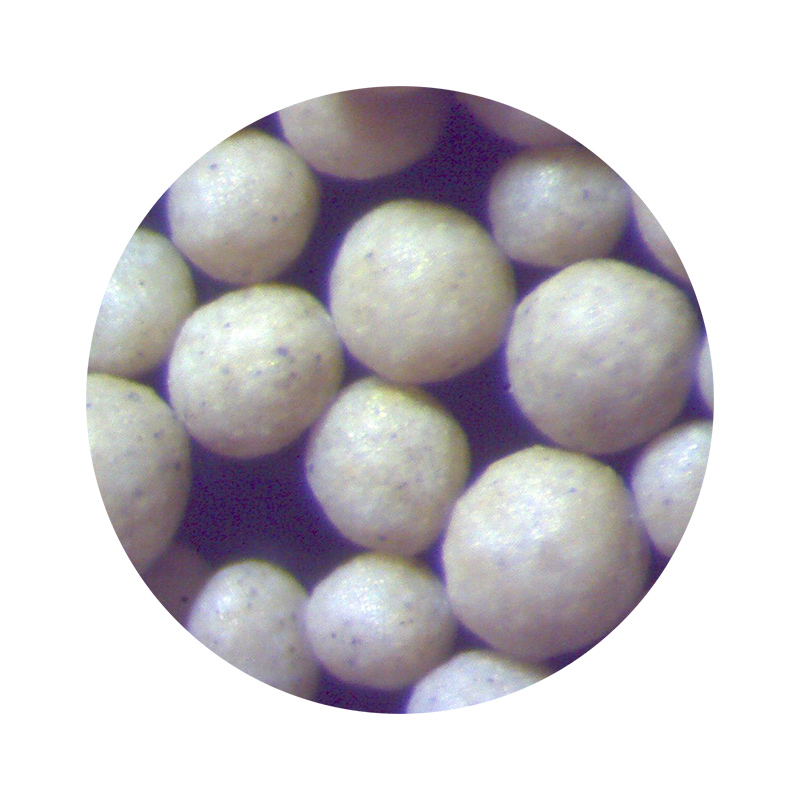Exploring 3D Printer Sand Technology Revolutionizing Construction and Design
In recent years, the landscape of manufacturing and construction has been significantly transformed by advancements in 3D printing technology. Among the various materials utilized in this innovative process, sand has emerged as a particularly intriguing option. The versatility and availability of sand allow for groundbreaking applications, especially in the realms of architecture, engineering, and art. This article delves into the potentials of 3D printer sand technology, its applications, benefits, and future prospects.
Understanding 3D Printing with Sand
3D printing with sand, often referred to as sand printing or binder jetting, involves the use of sand as a primary material to create complex structures layer by layer. The process typically uses a mixture of fine silica sand and a binder that holds the particles together. Through a series of precise layers, the printer forms detailed designs that can quickly translate digital models into tangible products.
One of the key advantages of using sand in 3D printing is its inherent properties. Sand is abundant and cost-effective, making it an economically viable option for various construction projects. Moreover, the use of sand can lead to reduced waste compared to traditional manufacturing processes, aligning with the growing emphasis on sustainability.
Applications in Construction and Architecture
One of the most promising applications of 3D printer sand technology is in the construction industry. Traditional construction methods are not only time-consuming but also often result in significant material waste. By using sand 3D printing, architects and builders can create complex structures with high precision while minimizing waste.
For instance, researchers and companies have begun experimenting with sand printing to produce molds for concrete structures. By 3D printing a sand mold, builders can create intricate designs that would be difficult, if not impossible, to achieve using traditional methods. Once the mold is created, it can be filled with concrete to form strong, unique architectural elements, such as decorative facades and customized interior features.
Advancements in Design and Customization
The flexibility of 3D sand printing technology allows for an unprecedented level of customization in design. Designers can easily modify digital models to meet specific needs or aesthetic preferences without the constraints associated with conventional manufacturing. This capability is particularly beneficial in industries such as art, where individuality and expression are paramount.
3d printer sand

Artists have begun to harness the power of sand 3D printing to create intricate sculptures that defy traditional fabrication methods. This technology allows for the production of unique pieces with complex geometries, enabling artists to push the boundaries of their creativity. Additionally, the ability to print large-scale installations using sand adds a new dimension to artistic expression.
Environmental Benefits
Another significant advantage of 3D printing with sand is its reduced environmental impact. Traditional construction practices often rely on materials that have a high carbon footprint, whereas sand is a more sustainable alternative. Moreover, the additive manufacturing process minimizes waste generation and energy consumption, contributing to a more eco-friendly approach to building and design.
Some innovative projects have even experimented with using reclaimed sand or sand sourced from industrial byproducts. This not only reduces the demand for virgin materials but also promotes recycling and sustainability in construction practices.
Challenges and Future Prospects
Despite its many benefits, the adoption of 3D printer sand technology is not without challenges. One major hurdle is the need for robust and reliable binding agents that can withstand the stress and environmental conditions that structures face over time. Ongoing research aims to develop better binders that enhance the durability and longevity of sand-printed structures.
As technology advances, the future prospects of 3D printer sand appear promising. The construction industry is embracing innovative tools and methodologies, paving the way for a new era of building practices. With ongoing developments in material science, automation, and robotics, the potential applications of sand printing will continue to expand, revolutionizing how we design and construct our environments.
Conclusion
In conclusion, 3D printer sand technology represents a significant advancement in the fields of construction and design. With its ability to combine sustainability, customization, and efficiency, sand printing is poised to revolutionize traditional practices. As research progresses and more practical applications emerge, the impact of this innovative technology will undoubtedly reshape our built environment, offering a glimpse into a future where creativity and sustainability go hand in hand.
Post time:Nov . 14, 2024 21:17
Next:foundry sand definition
